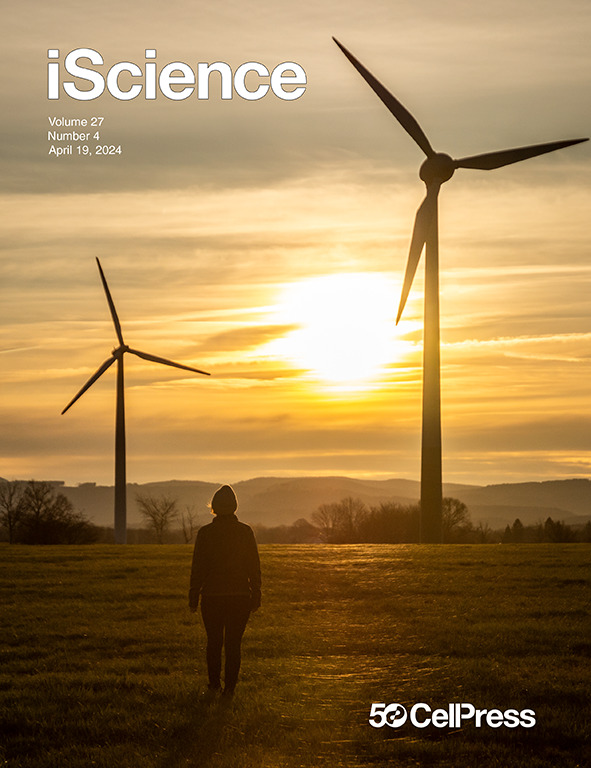IF 4.6
2区 综合性期刊
Q1 MULTIDISCIPLINARY SCIENCES
引用次数: 0
摘要
质量迁移是影响吸附和光催化反应动力学的一个基本因素,但却经常被忽视。本研究利用单斜钒酸铋(BiVO4)薄膜和重铬酸钾(K2Cr2O7)模型系统,在一个具有代表性的光催化反应中研究了质量传输的作用。我们的研究表明,扩散驱动的 K2Cr2O7 向 BiVO4 表面的输送增加了吸附容量,但降低了吸附速率常数。值得注意的是,在模型光催化还原过程中,在被照亮的 BiVO4 薄膜周围观察到了长程电场,这一现象在使用 TiO2 作为光催化剂的单独反应系统中也得到了证实。这些电场有别于异质结内形成的局部电场,能将重铬酸盐的传输增强三个数量级以上。这种增强的传输确保了反应物对光催化剂的持续供应,从而在无需额外能量输入的情况下显著提高了反应效率。这些发现提出了优化光催化过程的新策略,为推进可持续化学工程应用提供了广泛的启示。本文章由计算机程序翻译,如有差异,请以英文原文为准。

Enhancing dichromate transport and reduction via electric fields induced by photocatalysis
Mass transport is a fundamental yet often overlooked factor in influencing adsorption and photocatalytic reaction kinetics. This study examines the role of mass transport using the model system of monoclinic bismuth vanadate (BiVO4) films and potassium dichromate (K2Cr2O7) in a representative photocatalytic reaction. We show that diffusion-driven delivery of K2Cr2O7 to the BiVO4 surface increases adsorption capacity but decreases the adsorption rate constant. Notably, during the model photocatalytic reduction, long-range electric fields were observed around the illuminated BiVO4 films, a phenomenon also confirmed in a separate reaction system using TiO2 as the photocatalyst. These electric fields, distinct from the localized fields formed within heterojunctions, enhance dichromate transport by more than three orders of magnitude. This enhanced transport ensures a continuous supply of reactant to the photocatalyst, significantly improving reaction efficiency without additional energy input. These findings introduce a new strategy for optimizing photocatalytic processes, offering broad insights for advancing sustainable chemical engineering applications.
求助全文
通过发布文献求助,成功后即可免费获取论文全文。
去求助
来源期刊

iScience
Multidisciplinary-Multidisciplinary
CiteScore
7.20
自引率
1.70%
发文量
1972
审稿时长
6 weeks
期刊介绍:
Science has many big remaining questions. To address them, we will need to work collaboratively and across disciplines. The goal of iScience is to help fuel that type of interdisciplinary thinking. iScience is a new open-access journal from Cell Press that provides a platform for original research in the life, physical, and earth sciences. The primary criterion for publication in iScience is a significant contribution to a relevant field combined with robust results and underlying methodology. The advances appearing in iScience include both fundamental and applied investigations across this interdisciplinary range of topic areas. To support transparency in scientific investigation, we are happy to consider replication studies and papers that describe negative results.
We know you want your work to be published quickly and to be widely visible within your community and beyond. With the strong international reputation of Cell Press behind it, publication in iScience will help your work garner the attention and recognition it merits. Like all Cell Press journals, iScience prioritizes rapid publication. Our editorial team pays special attention to high-quality author service and to efficient, clear-cut decisions based on the information available within the manuscript. iScience taps into the expertise across Cell Press journals and selected partners to inform our editorial decisions and help publish your science in a timely and seamless way.
 求助内容:
求助内容: 应助结果提醒方式:
应助结果提醒方式:


